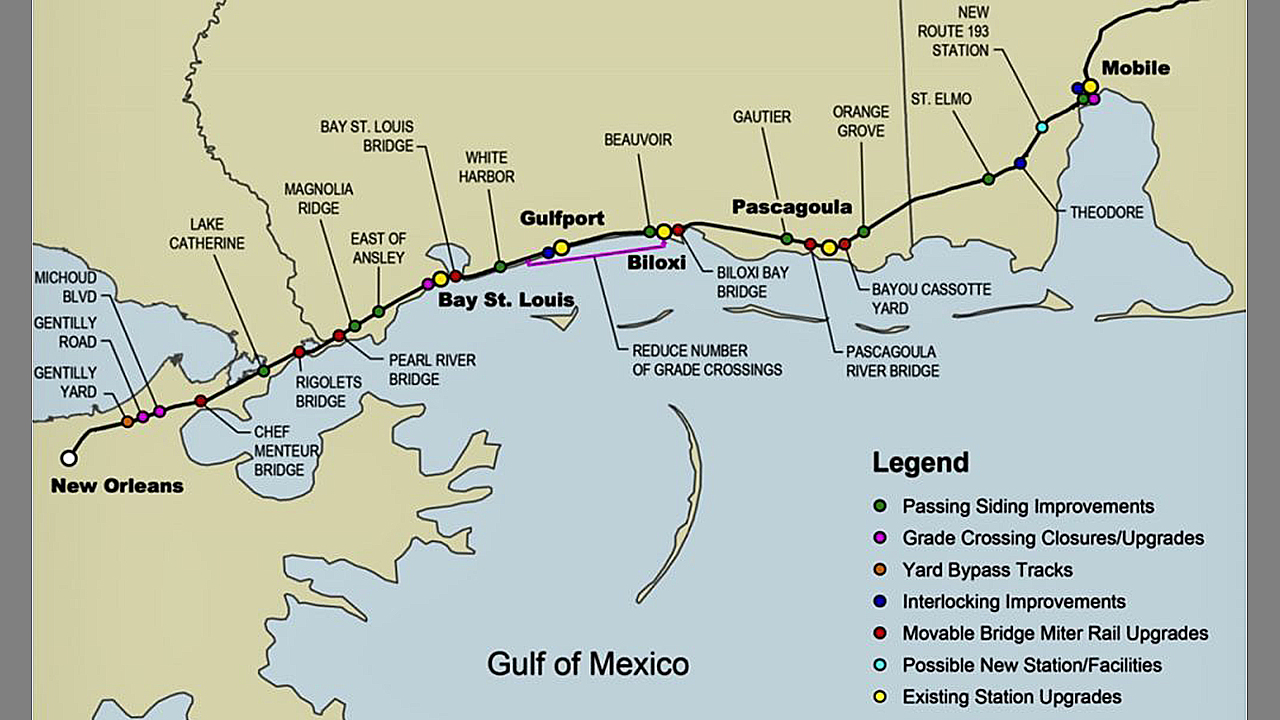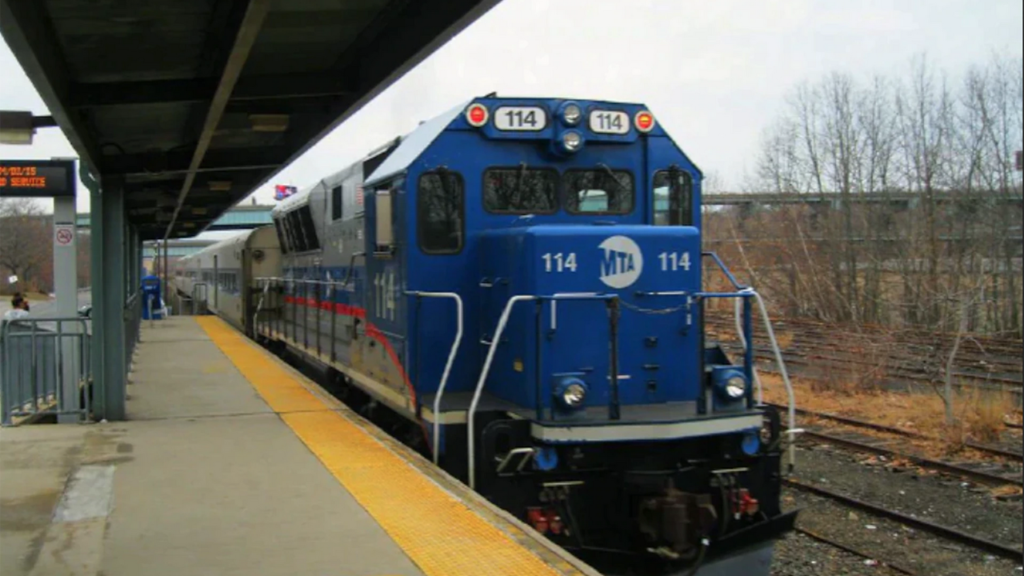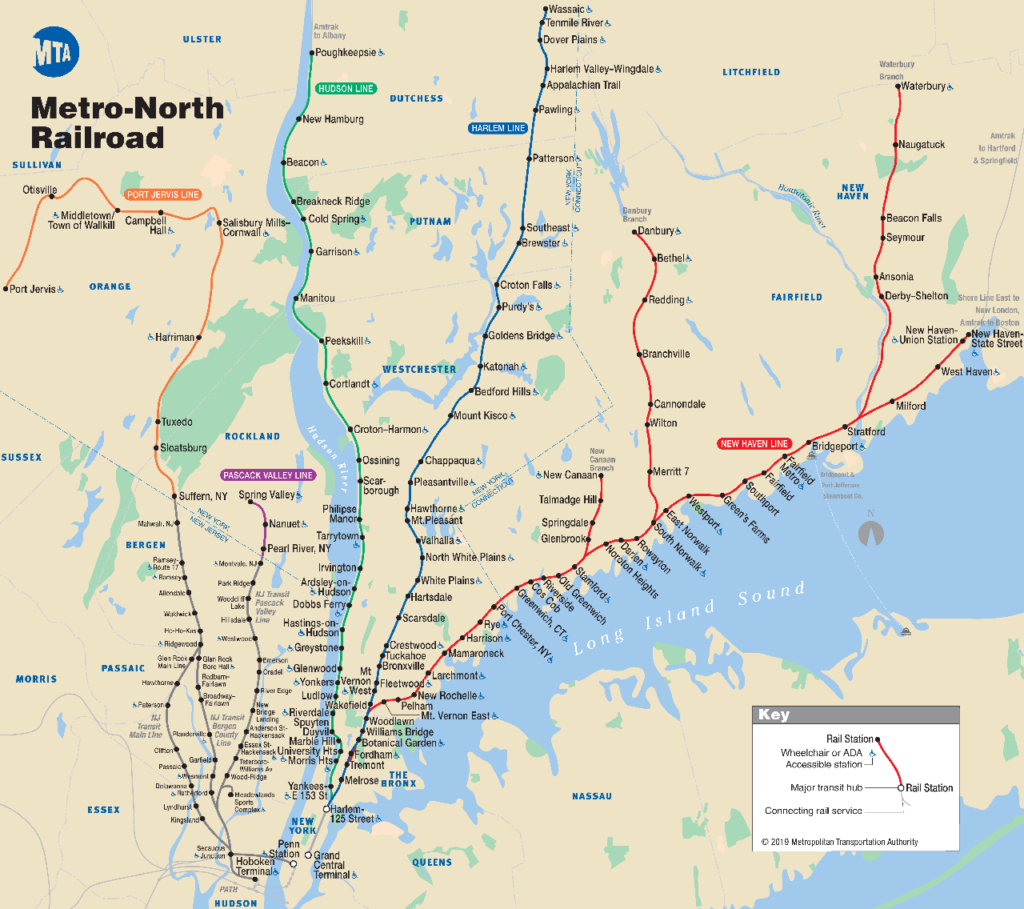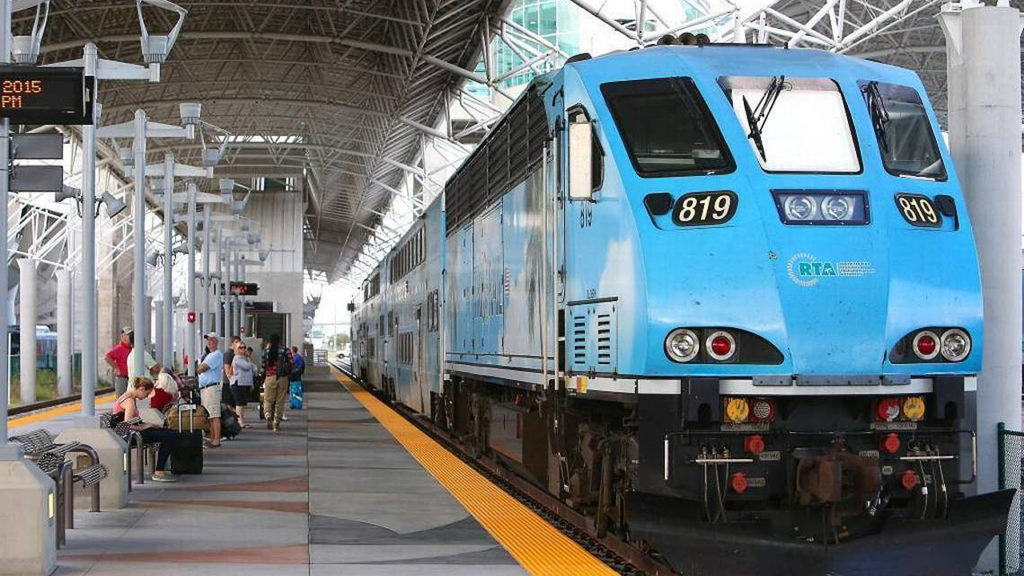
Transit Briefs: Amtrak, MTA Metro-North, Tri-Rail
Written by Marybeth Luczak, Executive Editor
Ahead of future service between Mobile, Ala., and New Orleans, La., Amtrak engineers and conductors will soon begin required “familiarization” trips to learn the route’s physical characteristics.
Amtrak advances crew training for Mobile-to-New Orleans intercity passenger rail service. Also, Connecticut lawmakers eye electrification of MTA Metro-North Railroad’s Danbury Branch; and south Florida’s Tri-Rail commuter railroad saw January ridership grow 30% over the same month last year.
Ahead of future service between Mobile, Ala., and New Orleans, La., Amtrak engineers and conductors will begin required “familiarization” trips to learn the route’s physical characteristics, according to Amtrak. The process of operating Amtrak trains in this area will start during the week of Feb. 5 and continue for several months, in conjunction with host freight railroads CSX and Norfolk Southern (NS), to qualify train crews to begin service on a 2023 date, which has not yet been announced.
To prepare the public for the new service, Amtrak reported that during the same week it will begin an education campaign with its partners—the Southern Rail Commission, host freight railroads, state and local transportation officials, and Gulf Regional Planning Commission—and Operation Lifesaver.
Getting all the railroads and other stakeholders to agree on a service launch has taken years. It was slugfest between Amtrak on one side and CSX, NS and the Port of Mobile on the other, fighting about how much new infrastructure must be built before Amtrak can operate two daily round-trips between the Crescent City and the historic city along the Alabama Gulf Coast, and how much that construction will cost. Railway Age Contributing Editor David Peter Alan covered it extensively, reporting in November 2022 that a settlement agreement had finally been reached. On Dec. 23, 2022, he reported the details, garnered from an application for federal funds to help pay for the $223.04 million project. The parties, he wrote, “have settled their differences and are now working together” to get a grant under the Federal Railroad Administration’s (FRA) 2022 Consolidated Rail Infrastructure and Safety Improvement (CRISI) Program that would cover 80% of the costs. According to the grant application, Alan wrote, the project “will be a series of infrastructure improvements in the rail corridor from the New Orleans Union Passenger Terminal to the Port of Mobile that will support the introduction of intercity passenger rail, where passenger rail service has not operated since Hurricane Katrina in 2005, while maintaining freight service reliability along the Gulf Coast Corridor. …” After mentioning the projected costs, the document went on to say that the money would: “allow for Project Development (including Preliminary Engineering and National Environmental Policy Act (NEPA) review), Final Design, and Construction to lengthen sidings, extend main tracks, install new switches and turnouts, construct additional crossovers, and improve stations, yards, and grade crossings,” according to Alan’s report. “Initiating passenger rail service while maintaining the efficiency of freight service along the Gulf Coast will create pathways toward social equity, disaster resilience, regional productivity, employment accessibility, sociocultural exchange, and the reduction of greenhouse gas emissions in the climate-impacted Gulf Coast region” (Id.). Thus, it would serve a number of purposes, Alan reported, some of which were mentioned during the hearings before the Surface Transportation Board (STB).

State Rep. Bill Buckbee (R-New Milford, Conn.) has proposed a bill to study the feasibility of operating diesel and electric trains on MTA Metro North Railroad’s Danbury Branch, which currently uses diesel power, according to a Feb. 5 CT Insider report.
The line, which opened in 1852, runs about 27 miles from Devon, a junction east of Stratford, to downtown Waterbury. The Connecticut Department of Transportation (ConnDOT) owns the line, and Metro-North operates it, along with the line from Grand Central Terminal in Manhattan to New Haven, and branches from Stamford to New Canaan and from Norwalk to Danbury (see map below).

State Rep. Bob Godfrey (D-Danbury) is one of the bill’s co-sponsors, and Sen. Julie Kushner (D-Danbury) is also on board, the news outlet said. Electrification would not only speed service to New York City (eliminating the need for commuters to change trains in South Norwalk), but also benefit the environment, the lawmakers told CT Insider.
The next step, said Buckbee, “is transportation committee leadership to discuss what bills they want to move forward with and which bills they think that the committee would like to hear.”
Godfrey told CT Insider that if the study is approved, it could begin by mid-summer.
This isn’t the first time electrification for the branch has been sought. “These lawmakers and others had called for the state to earmark some funding from a 2021 federal transportation package toward electrification of the Danbury line and extending the line to New Milford,” according to CT Insider.

South Florida Regional Transportation Authority (SFRTA), which operates Tri-Rail, reported that the 73.5-mile commuter railroad linking Miami, Fort Lauderdale and West Palm Beach averaged more than 12,000 weekday riders in January 2023, up 30% (or close to 3,000 more daily passengers) from the same month last year. Weekend ridership averaged more than 6,000 for the month, also a 30% increase from January 2022.
According to SFRTA, Tri-Rail exceeded 12,000 riders just weeks after David Dech’s start as Executive Director in August 2022, and reached 13,000 riders several days in January 2023, totaling more than 320,000 for the month—the highest since February 2020.
The agency attributed its success, in part, to the railroad’s connections with the Miami International Airport (pictured above), Fort Lauderdale/Hollywood International Airport and Palm Beach International Airport, as they are “among the top ridership drivers even during off-season travel months. The Boca Raton Station is also among the top 5 highest ridership stations, offering convenient access to office parks, universities and shopping centers.”


